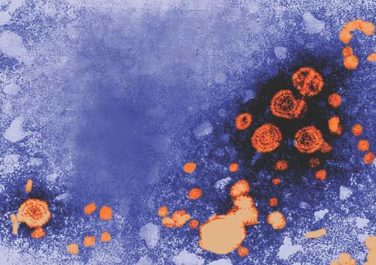The presence of oligoclonal bands and abnormal cranial MRI scans were the best independent predictors of progression to multiple sclerosis in a retrospective cohort study of 357 children with isolated optic neuritis who presented to 27 centers, according to Dr. Nicole Heussinger and her associates.
Abnormal cranial MRI scans were the best predictor of progression to MS, with a hazard ratio of 5.9. Presence of cerebrospinal fluid oligoclonal immunoglobulin G bands (OCB) was also an important predictor of MS, with an HR of 3.7. Age was an important factor as well: The HR for MS was 1.08 for each additional year of age. If a patient had both abnormal cranial MRI and OCB, the risk of progression to MS progression was nearly 27 times higher than without either factor.
“This work represents an important step forward in the characterization of prognostic indicators in children with isolated [optic neuritis], and it will help to guide prognostic evaluation and treatment decisions,” the investigators concluded.Find the full study in Annals of Neurology ( doi:10.1002/ana.24409 ).



